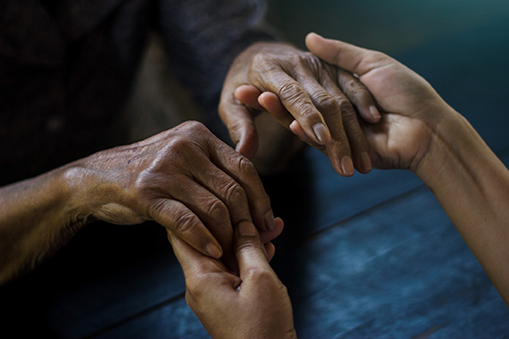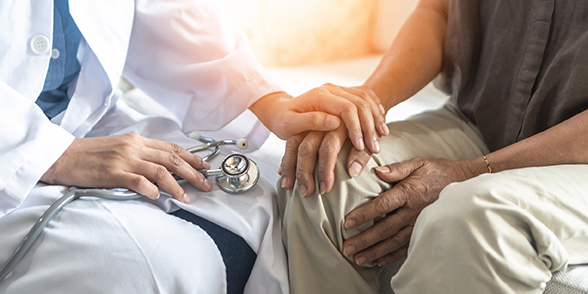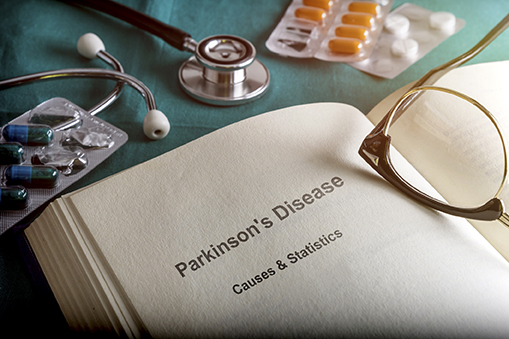Treatment
There is currently no cure for Parkinson’s disease. Therapy focuses on treating the symptoms that undermine the patient’s quality of life. As people have enormously varying symptoms and levels of severity, there is no standard or best treatment that applies to everybody. Treatment approaches include medication, surgery, general lifestyle modifications (rest and exercise), physical therapy, support groups, occupational therapy and speech therapy.
Medication
Medication – as most Parkinson’s symptoms are caused by low levels of dopamine in the brain, most drugs are aimed at either replenishing dopamine levels, or mimicking its action – dopaminergic drugs do this. Dopaminergic medications reduce rigidity (muscle stiffness), improve speed, help with coordination, and lessen tremor(shaking).
Exercise and Physical Therapy
Exercise is crucial for maintaining function. Physical therapy can help the patient improve mobility, range of motion, as well as muscle tone. Physical therapy cannot stop the progression of Parkinson’s disease, but it can help the patient cope and feel better. The physical therapist can help relieve muscle stiffness and joint pain through movement and exercise. A qualified physical therapist can help the patient improve balance and gait.
Using the treadmill, resistance training and stretching can provide Parkinson’s patients with significant benefits. A study published in Archives of Neurology (November 2012) reported that exercise improves gait speed, overall fitness and muscle strength.
Speech Therapy
According to the National Health Service (NHS), UK, approximately half of all Parkinson’s patients experience communication problems, such as slurred speech and poor body language. A speech and language therapist can help with the use of language and speech. Patients with swallowing difficulties may also be helped by a speech therapist.
Occupational Therapy
An occupational therapist can pinpoint everyday life problems and help work out practical solutions. Examples include getting dressed.
Surgery (Deep Brain Stimulation)
A surgical procedure used to treat several disabling neurological symptoms, such as tremor, rigidity, stiffness, slowed movement and walking difficulties. An electrode is implanted deep inside the brain, where movement is controlled. A pacemaker-like device (neurostimulator), which controls the amount of stimulation delivered by the electrode, is placed under the skin in the upper chest. A wire travels under the skin and connects the neurostimulator to the electrode.
Electrical impulses are sent from the neurostimulator, along the wire, and into the brain via the electrode. They interfere with the electrical signals that cause symptoms, effectively blocking them. Deep brain stimulation is generally used when the patient is in the advance stages of Parkinson’s disease, and has unstable medication responses.
The procedure has some risks, including brain hemorrhage and infection. Patients who do not respond to carbidopa-levodopa therapy do not Benefit from deep brain stimulation.
Alternative Therapies
Alternative therapies – according to the National Health Service (NHS), UK, up to 40% of patients with Parkinson’s disease in the UK use some type of alternative therapy, such as massage, acupuncture may interact with Parkinson’s medications.
Nutrition
Nutrition – some patients with Parkinson’s disease suffer from constipation. A diet high in fiber, as well as adequate fluid consumption is important for reducing the number of incidences as well as severity of constipation.


